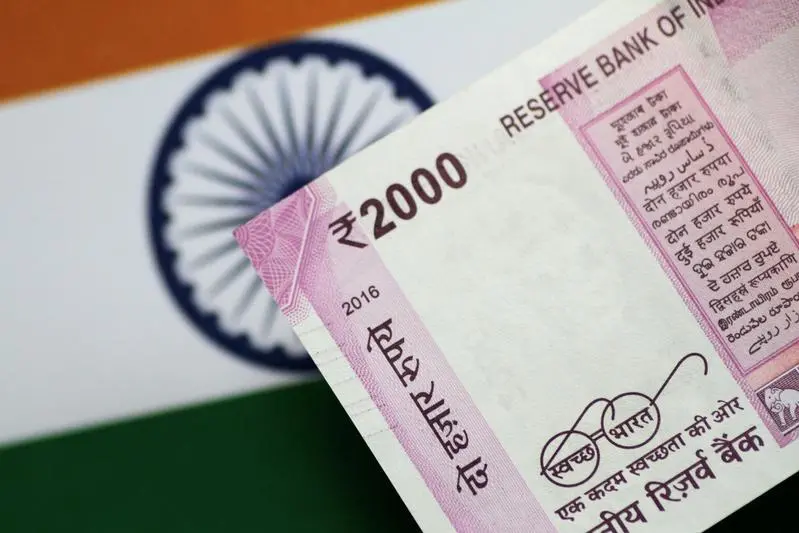PHOTO
MUMBAI - India's rupee slipped to its weakest in more than 18 months on Wednesday, hit by higher oil prices and trade war concerns that could spark another bout of capital outflows for Asia's third-largest economy.
The rupee fell to 68.68 to the dollar on Wednesday, its lowest since Nov. 29, 2016, making it a 0.62 percent decline so far in the day from its previous close of 68.25.
High oil prices will stoke inflation and widen the country's current account deficit, adding to more selling pressure on the fragile rupee that risks destabilising the broader economy. India imports more than two-thirds of its crude requirements.
Brent crude was up 30 cents a barrel at $76.61 by 0800 GMT. U.S. light crude was 25 cents higher at $70.78.
"If the rupee continues to depreciate, it could trigger dollar outflows from the equity market, which can put pressure on the currency, current account deficit and could even push the balance of payments to a deficit," said Sajal Gupta, head of forex and rates at Edelweiss Securities.
Traders said 69 per dollar was a critical level and beyond that the rupee could depreciate faster unless the Reserve Bank of India intervened aggressively.
The RBI was suspected to have sold dollars mildly in the forex market earlier in the day, traders said.
The rupee has fallen by nearly 7 percent so far this year - the worst performer among regional currencies - as dependence on oil imports has exposed the economy to risks of higher crude prices.
That has prompted a massive sell-off by foreign bond investors. But even the equity market, which had been holding up until now, is seeing net flows turning negative. So far in 2018, net outflows from bonds and shares stood at $6.6 billion.
"Apart from oil, the rupee is also correcting after appreciating at a fast pace last year. But what remains to be seen is the RBI's tolerance band in terms of volatility," said a dealer at a foreign bank.
(Reporting by Suvashree Dey Choudhury, Editing by Sherry Jacob-Phillips and Jacqueline Wong)
© Reuters News 2018












